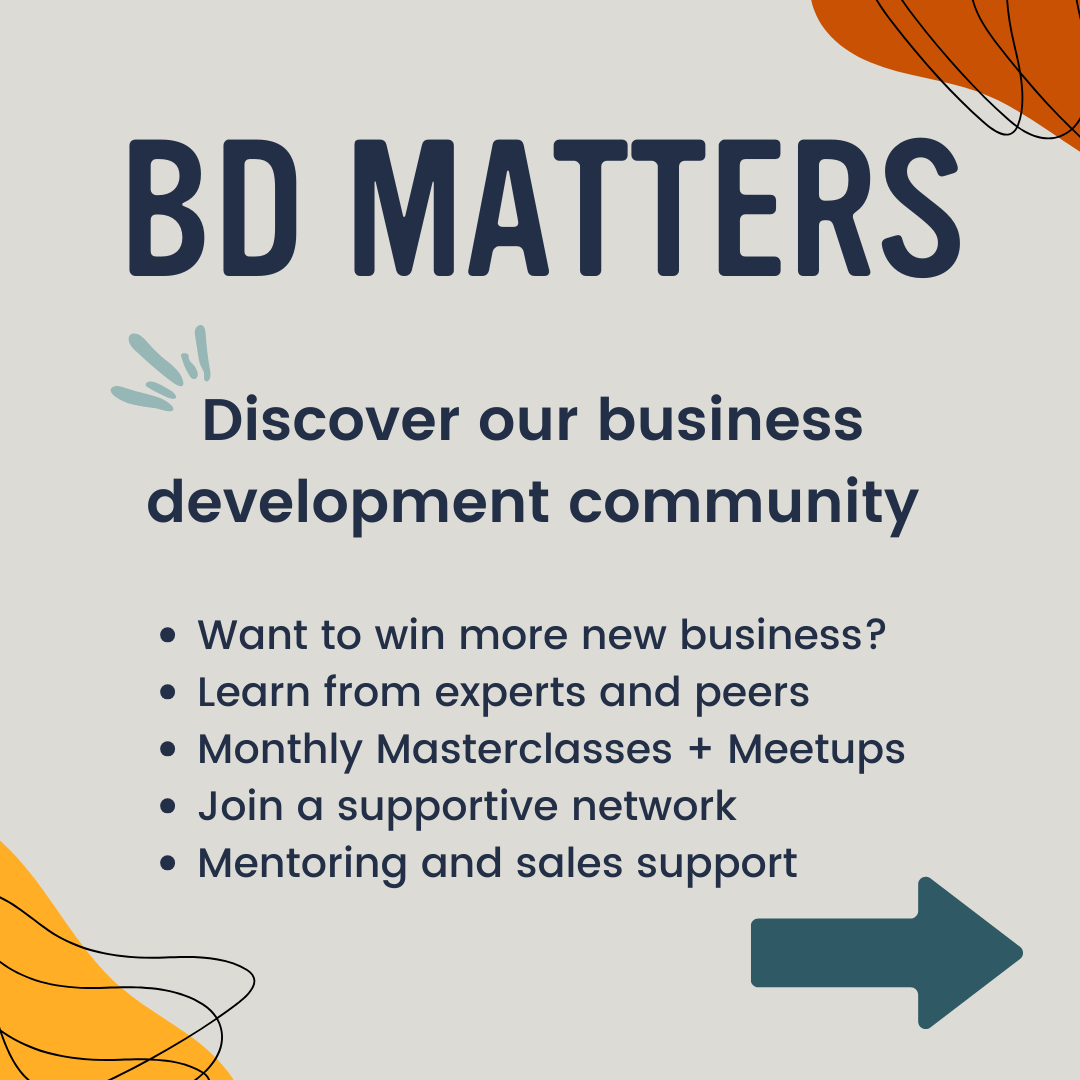
RevOps to the rescue: Uniting sales and marketing to win new business
May 08, 2024
“HOUSTON: We have a sales problem.”
Is a phrase I often hear agencies say when they come to me needing help winning new business.
But when I ask them to pinpoint where they think it’s going wrong and why it’s going wrong, they can’t.
They can’t tell me if it’s at the top of the funnel, in the middle, or the reason why they never close.
And usually the reason why they can’t tell me where or why, is because they simply don’t know; they’ve not operationalised their sales and marketing processes.
In recent years, RevOps is the term coined to describe the operationalisation of generating revenue. It integrates the disciplines of both sales and marketing.
So why RevOps now?
Sales has gotten much more sophisticated thanks to the fact that marketing activities play a bigger role than ever before. The digital landscape and the technology which surrounds us means the way people consume information and are connected to a sale (especially how leads are generated and closed) is much more complex, less linear, and – if left untracked – less obviously attributable.
Sometimes sales activity can be responsible for leads, but sometimes marketing activity can be too. The two processes no longer operate in silos. That’s why it is essential to link them, organise and operationalise them through a technology stack.
Think of RevOps as bringing an omnichannel approach to lead generation.
A sales and marketing layer cake
All processes which contribute to lead generation need to be organised, and often the easiest way to do so is to plan in advance by creating a calendar of marketing and sales events and activities. By identifying notable times of the year, your teams can identify when to build momentum, and when to crescendo activity. Organising your processes in such a way allows both teams to layer their activities, further emphasising the need for transparent and streamlined communication.
Use your technology stack
RevOps relies heavily on what technology stack you use for sales and marketing. Your stack should be gathering data, analysing it, and providing actionable insights for maximising revenue generation.
At the heart of your technology stack is of course the CRM. But it’s also the tools which integrate into your CRM that make optimising your revenue operations the most powerful. At Gray Matters we use and recommend tools such as ZoomInfo, Outbase, Surfe, Apollo and Zopto.
The key to sales process efficiencies is automation and delegation to software; it minimises the need for hands-on intervention and therefore cost effectiveness.
Make sales personal again
The power of RevOps is that this data gives us a huge opportunity to hyper personalise sales as if it were a one-to-one approach.
This is because plugins can track and measure who is visiting certain pages, their dwell time, and what actions they’ve taken. From that you can begin to build a picture of your prospective lead; what are their pain points, what content do they readily engage with, and what landing pages do they keep visiting?
This picture-building exercise can be leveraged for tailoring newsletters, LinkedIn outreach, email prospecting and even phone calls. The theory being, if your messaging is personalised, then prospects are more likely to feel listened to, and are therefore more likely to convert.
No money, no problems
By tracking conversion rates and pinpointing stages where prospects drop off, you can identify potential shortcomings in the funnel, answering questions such as:
- Are leads not converting? Does your team have a lack of understanding of the customer journey?
- Are potential clients stalling because they don’t grasp the value proposition?
- Is there an issue with your sales team when it comes to closing deals on the phone?
- Are internal communication processes slow and hindering efficiency? (Channels like Slack are a great way to overcome this, as is having useful assets immediately to hand, like presentations or sales documents via an RFI library or similar.)
RevOps can isolate problem areas if processes are organised.
How GM analyse RevOps
When Gray Matters analyse an agency’s RevOps processes we start by dissecting their technology stack, the quality of their data and how it is segmented. We look at what platforms they are using and how they are using them; what level of customisation has been achieved? Which integrations and plugins are helping data to flow seamlessly across the sales pipeline?
We also need to talk about their current sales processes i.e. where leads are coming from, how they are handled, decision making and what’s in place to help convert.
Now for the fine tuning
After laying the groundwork with your core RevOps processes and strategy, it’s time to start sharpening up; RevOps is a continual opportunity to improve and optimise, so make sure you set and track KPIs. Once you’ve got a handle on things, metrics you can start to improve include win rate, time to close, velocity, and pipeline efficiency.
What does RevOps look like at your agency? Are you a RevOps-lutionary or do you need Houston to call you back?
Houston isn’t available right now but if this blogpost has given you food for thought, then you can book a call with me to discuss how we can get your sales and marketing processes talking. Let’s do it.

